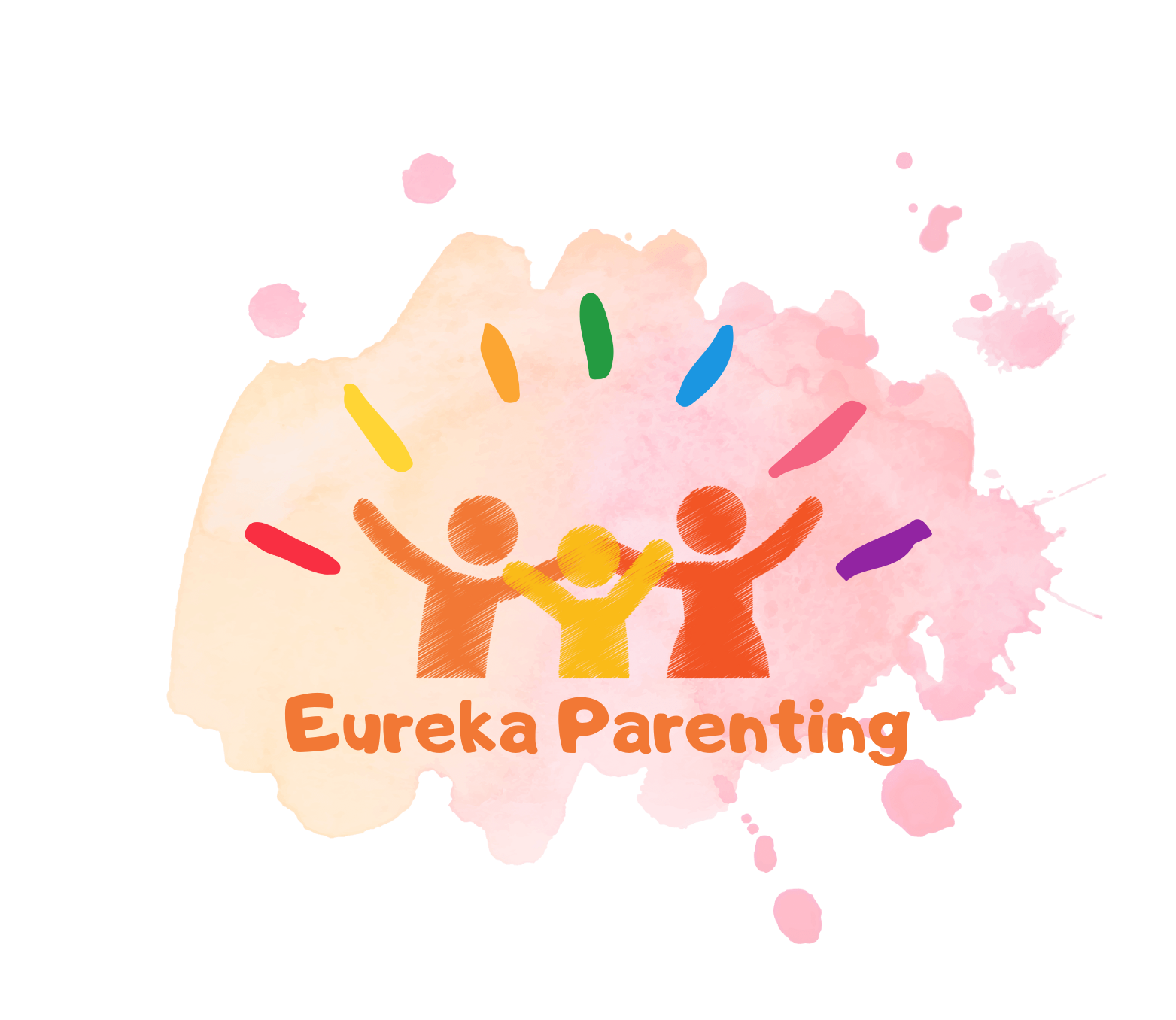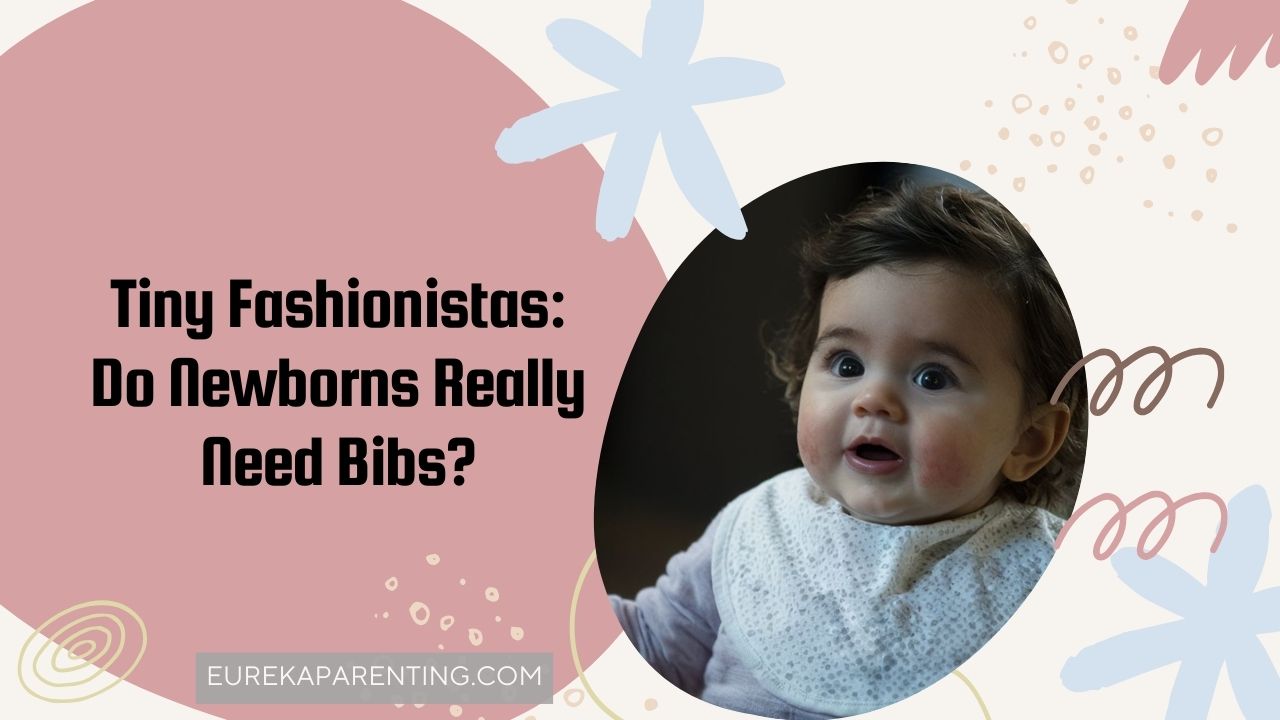Welcome to the growing world of parenting, where debates on the tiniest of details can spark controversies akin to global political affairs! In this vast universe of baby products, our focus today settles on one of the most seemingly straightforward yet puzzling items: bibs. With a plethora of designs, materials, and functionalities, the humble bib seems to be both a necessity and an indulgence. But do your newborns really need bibs?

Contents
The Controversy of the Humble Bib
Bibs – those simple cloths worn around the neck to protect clothing from accidental spills or drooling – can be found on the must-have lists of newborn essentials. Parents and caregivers often find themselves bewildered by the astonishing array of bibs available. From absorbent terry cloth to adorable bandana styles, it seems that every baby brand touts its version as indispensable.
Historical Perspective of Bibs
A glimpse into the past reveals that bibs were once thought of as items reserved for feeding older babies and toddlers. Their use for newborns as a fashion statement or mere saliva catcher might raise an eyebrow in generations past. However, societal norms and parenting practices evolve, and so do the roles of these seemingly simple accessories.
Modern Parenting and Product Trends
With the dawn of the modern era, parenting philosophies have shifted, and so has the reliance on baby products. In the age of Instagram-worthy baby photos and influencer marketing, the line between necessity and trend is often blurred. But the question remains: are bibs truly essential for newborns, or are they just another gadget in an overcrowded nursery?
The Functional Bib Landscape
Before we unravel the necessity of bibs for newborns, it’s essential to explore the different functions they serve. Here, we divide the bib usage into categories and discuss their practicality and benefits.
Feeding Bibs
Feeding bibs are often of the traditional larger size, designed to protect your baby’s outfit during meals. They are generally made of waterproof materials like vinyl or plastic, making cleanup a breeze.
Material and Cleanliness
The convenience of these bibs, especially during the messy business of weaning, cannot be overstated. Eliminating the need for frequent outfit changes can save time and laundry woes for parents.
Dribble Bibs
These are the smaller, more decorative versions that cater to the everyday droolers. They come in a myriad of designs and are usually soft and absorbent, with the purpose of keeping wetness away from a baby’s sensitive skin.
Comfort and Style
While their function may seem secondary to their aesthetic appeal, dribble bibs play a vital role in keeping a baby comfortable and can prevent skin irritation caused by moisture.
Teething Bibs
The need to soak up excess drool becomes paramount when teething starts. Teething bibs are usually thicker and come in a variety of textures that can soothe a baby’s sore gums.
Multi-Functional Use
Teething bibs often serve a dual purpose, serving as a chew toy that is always on hand for the baby, reducing the risk of losing pacifiers or teething rings.
Sensory Bibs
In the world of baby stimulation, sensory bibs are the latest addition, often featuring different textures and materials for baby to explore.
Cognitive Development
Encouraging sensory play can aid in cognitive development, making these bibs not only useful for keeping clean but also for engaging your baby’s senses and promoting learning.

Do Newborns Really Need Bibs?
With a comprehensive overview of the functionalities of various bib types, we now arrive at the core question: are bibs for newborns a necessity or a luxury?
Protecting Newborn Skin
Newborn skin is incredibly delicate and prone to irritation. The use of bibs, especially dribble bibs, can shield your child’s skin from constant dampness, a common byproduct of drooling or spitting up.
Rashes and Irritation
Persistent contact with moisture can lead to moisture-related skin conditions, such as eczema and diaper rash. Bibs can act as a barrier, promoting a dry environment and preventing these discomforts.
Minimizing Laundry
The sheer volume of laundry can overwhelm new parents, and bibs can be the saving grace in reducing the numerous clothing changes necessitated by spills and drool.
Environmental Impact
Beyond the household, the reduction in water and detergent usage due to fewer laundry loads can have a positive impact on the environment, echoing the growing trend toward sustainability in parenting practices.
Early Introduction to Independence
Even from birth, babies are learning and developing. The use of bibs during feedings and throughout the day can serve as an early lesson in self-care and independence.
Motor Skills
Reaching for the bib, tugging on it, and eventually learning to remove it are all opportunities for your baby to develop and refine their motor skills, an encouraging sign of growing up.
Social and Emotional Growth
The tactile experience of wearing a bib and the sense of physical separation between the baby and the world can play a small but significant role in your child’s social and emotional development.
Sense of Self
Something as simple as a bib can help build a baby’s awareness of their own body and contribute to the growing sense of identity, which in turn strengthens the emotional foundation.
Temperature Regulation
In addition to keeping your baby’s outfit dry, bibs can help regulate your little one’s body temperature, especially in colder environments, where moisture can contribute to cooling.
Health and Well-being
Maintaining an appropriate body temperature is vital for a baby’s health, and bibs can serve as a layer of protection in ensuring that your newborn is comfortable and warm.

Selecting the Right Bib for Your Newborn
Not all bibs are created equal, and the importance of selecting the right one for your newborn’s needs cannot be overstated. Weighing aspects such as material, fit, and intended use can lead to a more satisfactory choice.
Material Matters
The material of the bib should suit your baby’s skin type and purpose. Feeding bibs require easier cleanup, while dribble bibs necessitate soft, absorbable fabrics.
Sustainable Choices
In an age where sustainable parenting choices are on the rise, opting for bibs made from eco-friendly materials can align with your environmental values.
Comfort and Fit
Bibs that are too tight can be uncomfortable for your baby, while those that are too loose may not serve their purpose efficiently.
Adjustable Options
Many bibs come with adjustable fastenings, allowing them to grow with your baby and ensuring a secure, comfortable fit from newborn to toddler.
Washing and Durability
Daily use and frequent washing are part and parcel of bib ownership. Investing in durable bibs that withstand multiple washes can save both money and the hassle of replacing them often.
Longevity Consideration
Some bibs offer extended use, with features that cater to different stages of your baby’s growth, reflecting on value for money.

The Psychological Effect of Bibs
Beyond their functional aspect, bibs can have a psychological influence, both on the baby and the parent. These less tangible, but equally important, factors play a role in the parental decision-making process.
Sense of Being Prepared
For many new parents, the presence of bibs signifies readiness. They act as visible reminders that you have the tools necessary to care for your baby, imparting a sense of preparedness and control.
Peace of Mind
The peace of mind that comes with being able to quickly address unexpected messes or wetness cannot be quantified. Bibs can offer psychological comfort to parents, which is invaluable in the whirlwind of early parenthood.
Emotional Fulfillment
The act of adorning your baby with a bib that reflects your personal style or a special milestone can be emotionally fulfilling for the parent, adding a layer of pride and joy to the daily care routine.
Bonding Opportunity
Like choosing an outfit, selecting a bib for your baby can be a bonding experience, a manifestation of the parental instinct to nurture, protect, and provide for your child.
FAQ Section
At What Age Should My Newborn Start Wearing a Bib?
Your newborn can start using a bib from day one, especially if drooling is a common feature. Dribble bibs in particular offer a practical solution to keep clothes dry and skin free from moisture.
Can Bibs Hinder My Baby’s Breathing or Development?
Bibs, when properly selected and used, do not pose a hindrance to breathing or development. It’s essential to choose bibs made of breathable materials and to ensure they fit correctly.
How Many Bibs Does My Newborn Need?
The number of bibs you’ll need varies based on how often you do laundry and your baby’s drool or spit-up habits. A good rule of thumb is to have at least two to three for each day.
What Are the Different Bib Styles Available for Newborns?
From traditional feeding bibs with catch-all pouches to bandana bibs that serve as a fashion accessory, the styles are diverse. Choose based on your baby’s specific needs and your personal preferences.
Can I Use Bibs to Help My Baby While Teething?
Teething bibs can provide comfort and distraction for your teething baby. They often feature teething-friendly materials or textures that are safe for your baby to chew on.
Conclusion
In the grand scheme of newborn care, the role of bibs may seem minor. However, their multifaceted usefulness, both practical and psychological, cannot be discounted. From skin protection to emotional fulfillment, bibs hold a special place in the hearts and homes of many parents around the world. While not an absolute necessity, their presence has proved to streamline the art of parenting in various meaningful ways.
For parents looking to strike a balance between functional essentials and delightful extras, bibs encapsulate both. They offer a tangible solution to everyday challenges, along with intangible benefits that contribute to the richness of the early parenting experience. By understanding the nuanced advantages that bibs can bring to the table, new parents can make informed choices that best suit the needs of their growing family.
In the ceaseless march of products clamoring for a place in our nurseries, bibs have earned their spot, not just as practical tools but as symbols of warmth, comfort, and the endless love that accompanies the arrival of a newborn. They are for those who wish to indulge their tiny fashionistas or simply those who seek solutions to keep littles ones snug, dry, and content.
With that, consider the mosaic of bib options awaiting you and your newborn. Each bib tells a story – a tale of function, style, and the loving attempts of caregivers to provide the best for their little blessings. After all, in the realm of parenting, every small choice we make is an expression of our devotion to the joy and well-being of our children. And if that expression takes the form of stylish-yet-practical bibs, then why not elevate the mundane to the remarkable? Here’s to you, and the tiny fashionistas in your lives!
In the journey of exploring more about sustainable and practical parenting choices, especially when it comes to selecting the best bibs for your child, credible sources and further reading are invaluable. Below are some recommended resources:
Environmental Working Group (EWG) – For parents interested in sustainable and non-toxic baby products, EWG offers a wealth of information on choosing eco-friendly options. https://www.ewg.org
BabyGearLab – This site provides in-depth reviews and comparisons of baby products, including bibs, with a focus on durability, usability, and child safety. https://www.babygearlab.com
Global Organic Textile Standard (GOTS) – For those seeking organic bibs, GOTS certifies textiles made from organic fibers, offering a list of certified suppliers. https://www.global-standard.org
Fashion Revolution – A movement dedicated to ethical fashion practices, including children’s wear. Their resources are excellent for parents wanting to make conscious fashion choices for their babies. https://www.fashionrevolution.org
Utilizing these resources can empower parents to make informed decisions that align with their values and meet their newborn’s needs.


